European Hydrogen Backbone - How a dedicated hydrogen infrastructure can be created
This paper presents the European Hydrogen Backbone (“the EHB”): a vision for a truly European undertaking, connecting hydrogen supply and demand from north to south and west to east. Analysing this for ten European countries (Germany, France, Italy, Spain, the Netherlands, Belgium, Czech Republic, Denmark, Sweden and Switzerland), we see a network gradually emerging from the mid-2020s onwards. This leads to an initial 6,800 km pipeline network by 2030, connecting hydrogen valleys. The planning for this first phase should start in the early 2020s. In a second and third phase, the infrastructure further expands by 2035 and stretches into all directions by 2040 with a length almost 23,000 km. Likely additional routes through countries not (yet) covered by the EHB initiative are included as dotted lines in the 2040 map. Further network development is expected up to 2050. Ultimately, two parallel gas transport networks will emerge: a dedicated hydrogen and a dedicated (bio)methane network. The hydrogen backbone as presented in this paper will transport hydrogen produced from (offshore) wind and solar-PV within Europe and also allows for hydrogen imports from outside Europe.
Significance score:
Clarity:
What are external trends or expected change in the medium and long term?
Target Group(s):
- Policy makers
- Site managers
- Strategic leadership
Risk Theme:
- Risk | Control | Assurance - new risks
| Category | Publisher | Maker | Language |
|---|---|---|---|
|
Roadmap - Routekaart - Visie |
- |
Enagás Energinet Fluxys Belgium Gasunie GRTgaz NET4GAS OGE ONTRAS Gastransport GmbH Snam Swedegas Terega Top Sector Energy |
English |

